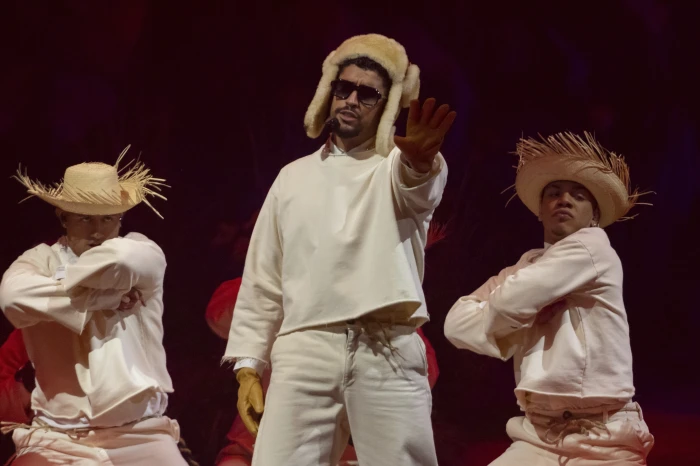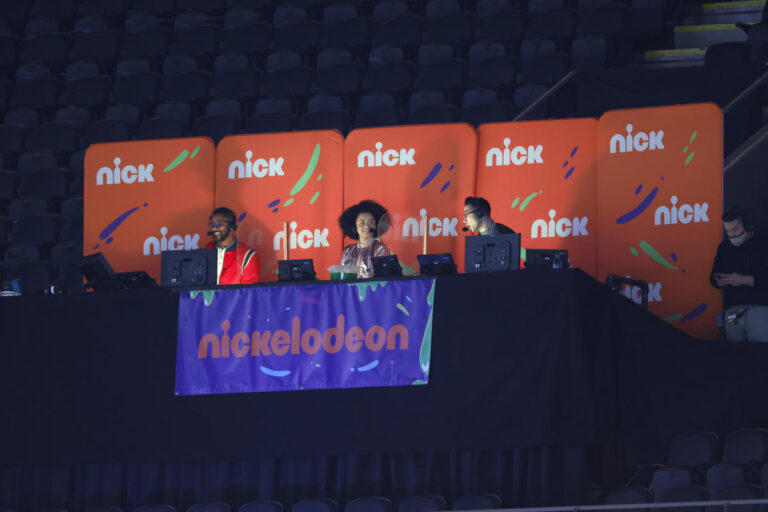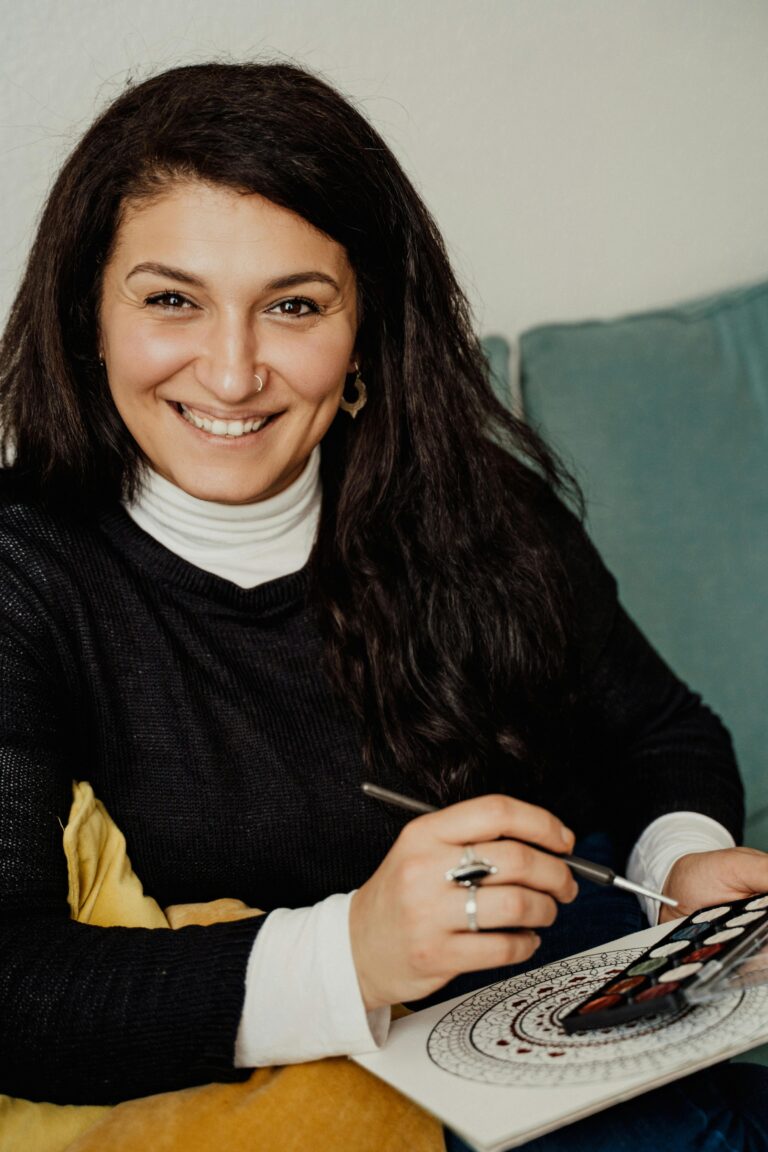How Bad Bunny Is Redefining Live Events in the Streaming Era
When an artist doesn’t just stage a concert—but transforms it into a cultural moment—something shifts. That’s exactly what Bad Bunny did with his recent Puerto Rico residency, No Me Quiero Ir de Aquí, and its surprise finale Una Más. The shows weren’t simply performances—they were powerful expressions of identity, resilience, and what it means for artists to connect with fans in both physical and digital spaces.
A Residency for the Ages
Bad Bunny’s 30-concert residency in San Juan’s Coliseo José Miguel Agrelot wasn’t just big in scale—it was deeply meaningful. It was anchored in Puerto Rican culture, humor, music, and social issues. The final show, Una Más, was free for the local public (Puerto Rican residents), but streamed globally via Amazon platforms. That meant fans at home everywhere could share in the same emotional experience. (AP News)
This dual format (in-person residency + global livestream) shows how live events today aren’t limited by geography. Streaming didn’t just expand reach—it amplified narrative. Bad Bunny used his platform not only for spectacle, but for storytelling about Puerto Rico’s past, ongoing challenges, and unbroken spirit. (AP News)
Streaming Meets Cultural Resonance
Global fans tuned in for free via Amazon Music, Prime Video, and Twitch, making Una Más more than just a concert—it was a shared moment across continents. The timing of the finale—on the anniversary of Hurricane Maria—added layers of memory and significance. For Puerto Ricans, the residency was a homecoming; for the larger audience, it became a lens into a culture and a history that rarely gets this kind of scale in the global spotlight. (AP News)
This event also showed that streaming can preserve, not dilute, cultural identity. The visuals, the music, the language—all reinforced Puerto Rican folklore, traditions, and resilience. Rather than choosing only mass appeal, Bad Bunny leaned into what makes his heritage unique. It’s a trend many artists are following: using streaming to preserve and amplify local or underrepresented cultural stories.
Why This Matters for Artists & Fans
Here are a few reasons this kind of hybrid model is game-changing:
- Community and belonging. Streaming allowed fans who couldn’t be in the coliseum to still feel included. When people watch together—even online—it builds scars of identity and memory.
- Access + equity. High ticket prices and travel make many live events inaccessible. Livestreamed events, especially free or low cost, democratize the experience.
- Narrative control. Bad Bunny took control: when events happen, how they happen, and what gets shared. It’s not just about the songs—it’s about myth-making, memory, culture.
- Brand & economic impact. The residency generated massive economic activity in Puerto Rico, boosted local pride, and reinforced Bad Bunny’s brand not just as a musician, but as someone deeply rooted in his people’s stories. (AP News)
Challenges & Balancing Acts
Of course, this model isn’t without tension:
- Technical & logistical demands. Streaming at scale means handling latency, quality, rights, and cross-platform coordination. Miss a beat and fans notice.
- Maintaining authenticity. As viewership grows globally, there’s pressure to universalize messages in ways that might dilute the local, emotional specificity that made the event special.
- Monetization vs access. How do you charge and still allow free or low-cost access? How do you satisfy sponsors, pay artists, and still serve communities that can barely afford concert prices?
What Live Events of the Future Could (and Should) Look Like
- More hybrid models: residencies + bonus livestreams, watch parties in local hubs, interactive online features.
- Incorporation of cultural storytelling: not just music, but conversations, visuals, and media that reflect identity.
- Regionally rooted merchandising and local business partnerships, like Bad Bunny’s “comPRa Local” storefront and community programs. (AP News)
- Expanded use of live streaming tools that preserve the energy of a live concert—multi-camera angles, backstage footage, immersive sound, interactive fan shout-outs.
Bad Bunny’s No Me Quiero Ir de Aquí: Una Más residency shows us what’s possible when streaming and live events don’t just coexist—but enrich each other. Fans got performances, yes, but what they really got was culture, identity, memory, and connection. It wasn’t just a moment. It’s proof that music can be rooted in place while shared across the world.
Artists who can hold cost, culture, and creativity in balance will lead what live entertainment becomes next. Because at the end of the day, people don’t just want to watch—they want to belong.







